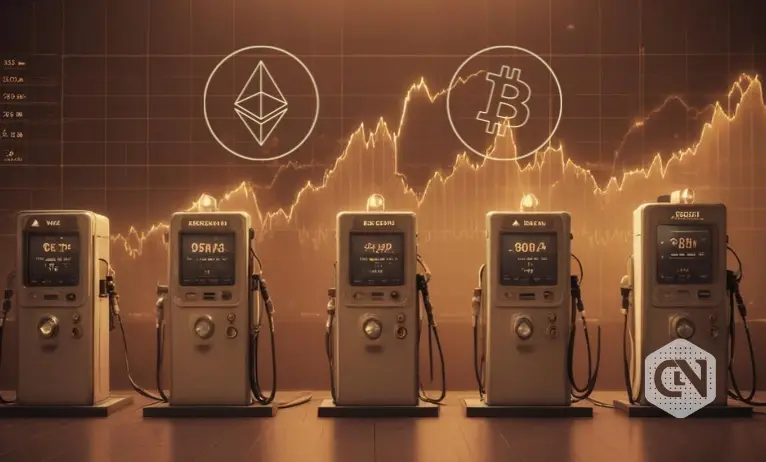Bitcoin mining revenue per hash also witnessed record lows, and the impact of the recent halving event is visible in the trend. The median price of gas has sharply dropped, and Ethereum is currently experiencing slight inflation and a slow burn rate. Recently, miners’ revenue has shown a downward trajectory, and the reduced number of new wallets entering Bitcoin could potentially contribute to the low profitability.
Since 2018, the average number of new Bitcoin wallets has been at an all-time low, and mining companies like CleanSpark do exceptionally well. According to media reports, Bitfarms and Core Scientific have had a remarkable performance.
Former American President Donald Trump recently met with Bitcoin mining sector representatives in the United States. He is seeking Bitcoin miners’ support in the forthcoming American presidential election, and the recent price reduction has sparked hope about the future of transaction costs on the network. According to the latest trends, Ethereum’s layer 2 networks play an important role in lowering transaction costs.
The Ethereum median gas price was higher in the previous year, and there was a notable decrease in gas prices with rapid advancements like the Dencun upgrade. The decrease led to a significant drop in Ethereum’s burn rate, indicating an inflationary state for the cryptocurrency. Bitcoin miners are currently facing difficult hurdles, followed by a halving event, and recent developments indicate an elaborate scheme of things in the crypto ecosystem. These trends are manifestations of a dynamic and adaptable cryptocurrency ecosystem of the future. The global cryptocurrency industry is poised for a promising future, as evidenced by the swiftly changing sector of Ethereum gas prices.
Advertisement
The cryptocurrency community is closely monitoring the recent decrease in gas prices, which has sparked a discussion regarding the future of decentralized financing and blockchain network technology. The introduction of Layer 2 scaling solutions such as Arbitrum and Optimistic Rollups could contribute to the decrease in Ethereum gas prices.
As a result of the evolving network enhancements, transaction costs have decreased, and efficacy and scalability have been enhanced. Low gas prices will threaten the security and decentralization of the Ethereum network.
Ethereum gas prices are noted for their volatility, with periodic surges during periods of strong network activity. Binance Smart Chain and Polygon are known for their minimal transaction fees and speedy confirmation times.
In spite of Ethereum’s dominance in the market, it faces competition from networks with superior functionality, such as Polygon and Binance Smart Chain. Lower gas prices boost the availability of decentralized finance solutions to a wider range of customers. With its reduced gas prices, enhanced scalability, and efficiency, Ethereum creates a fantastic user experience while also encouraging adoption and inclusion.
Advertisement
Ethereum’s lower transaction costs may stimulate the implementation of unique smart contract-based solutions. Ongoing debates regarding network congestion and scalability solutions will foster an honest exchange of ideas among the crypto community.







